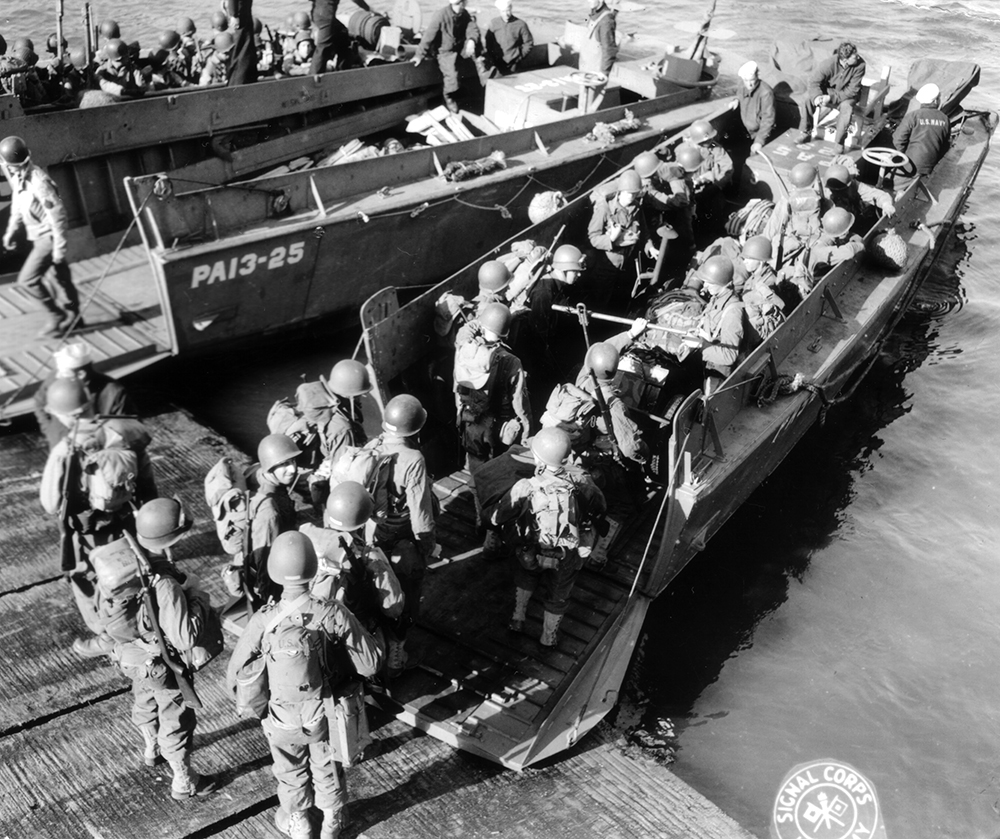
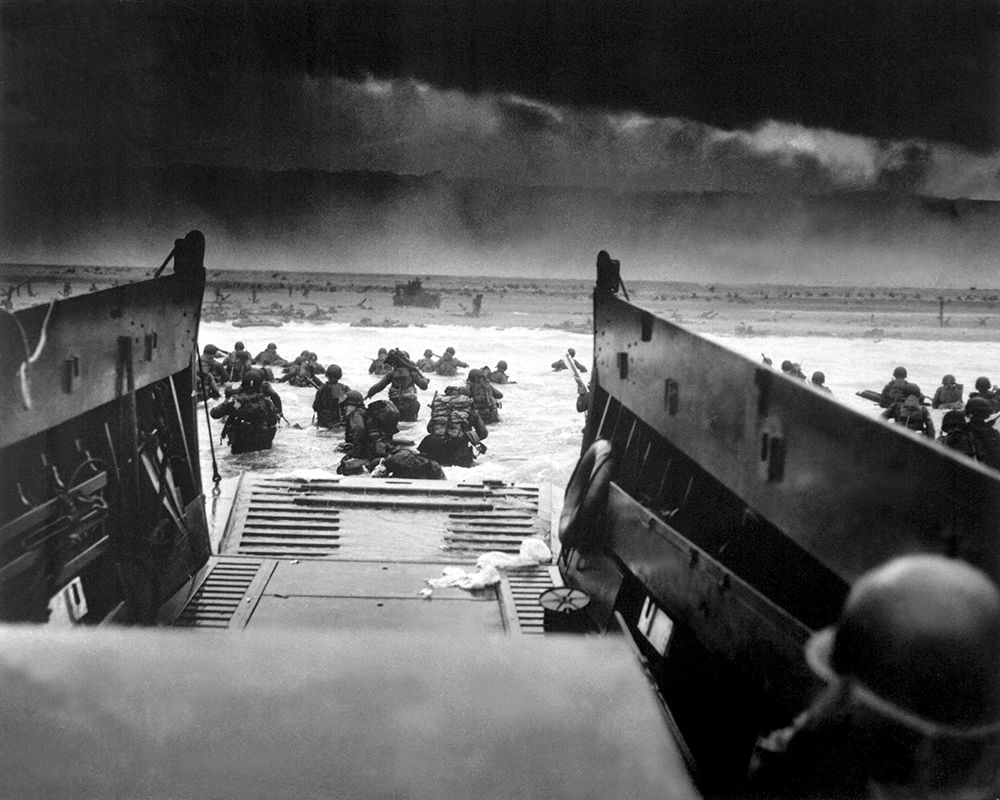
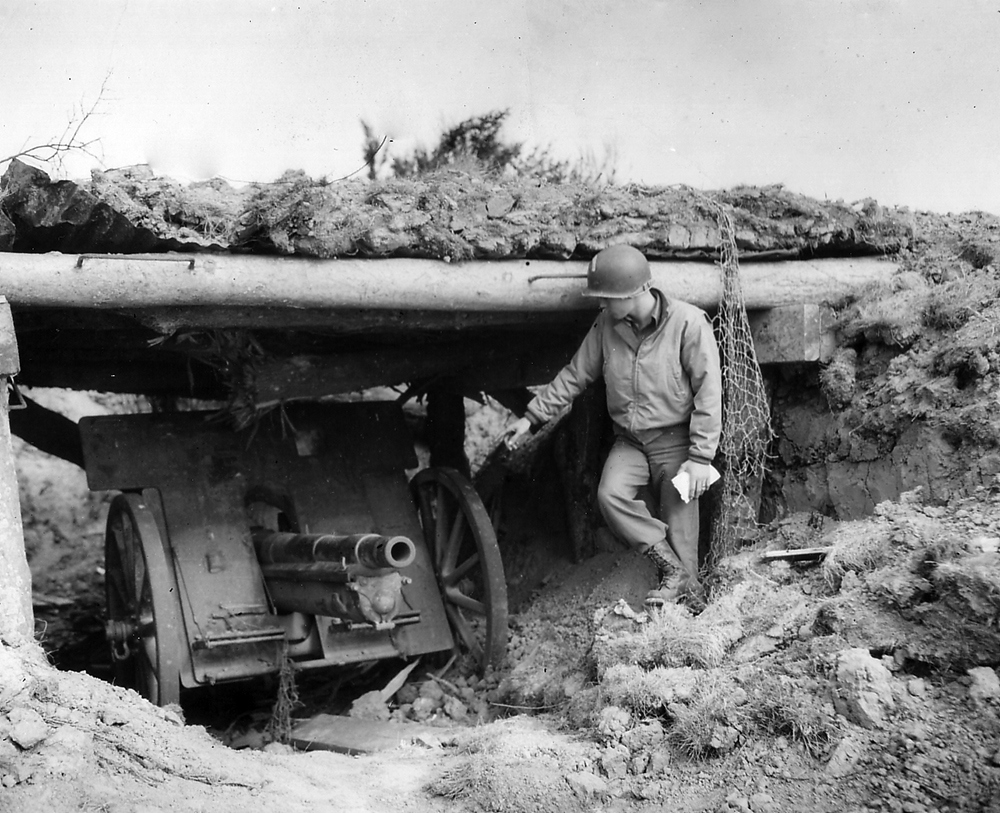
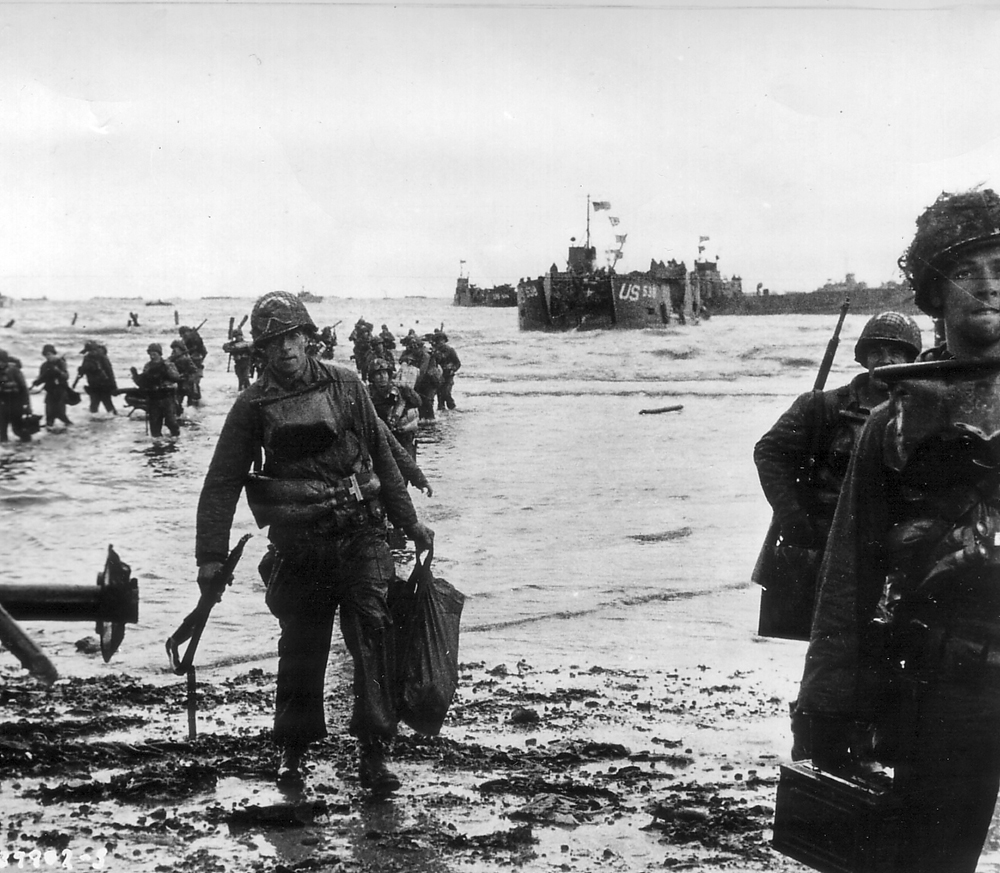
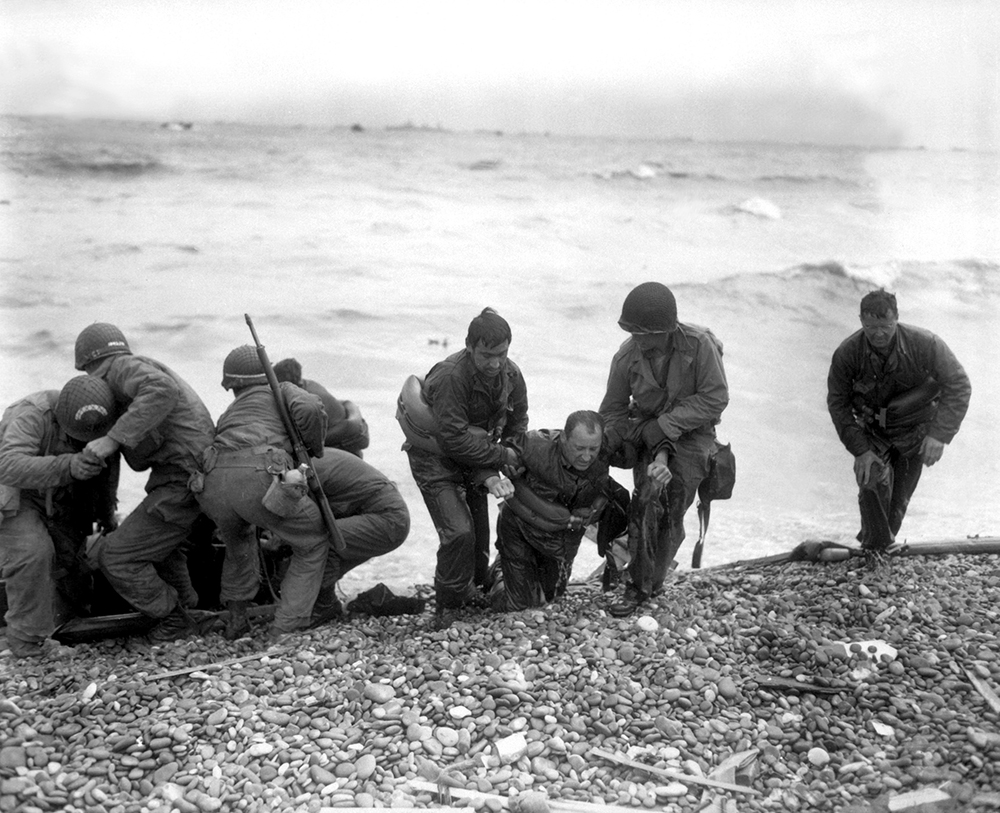
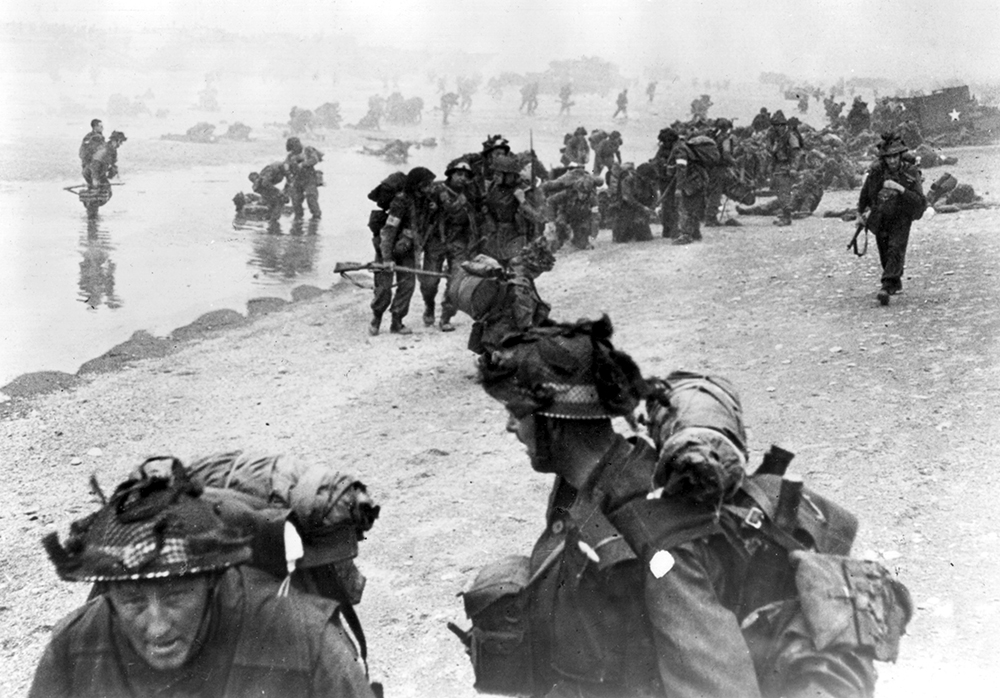
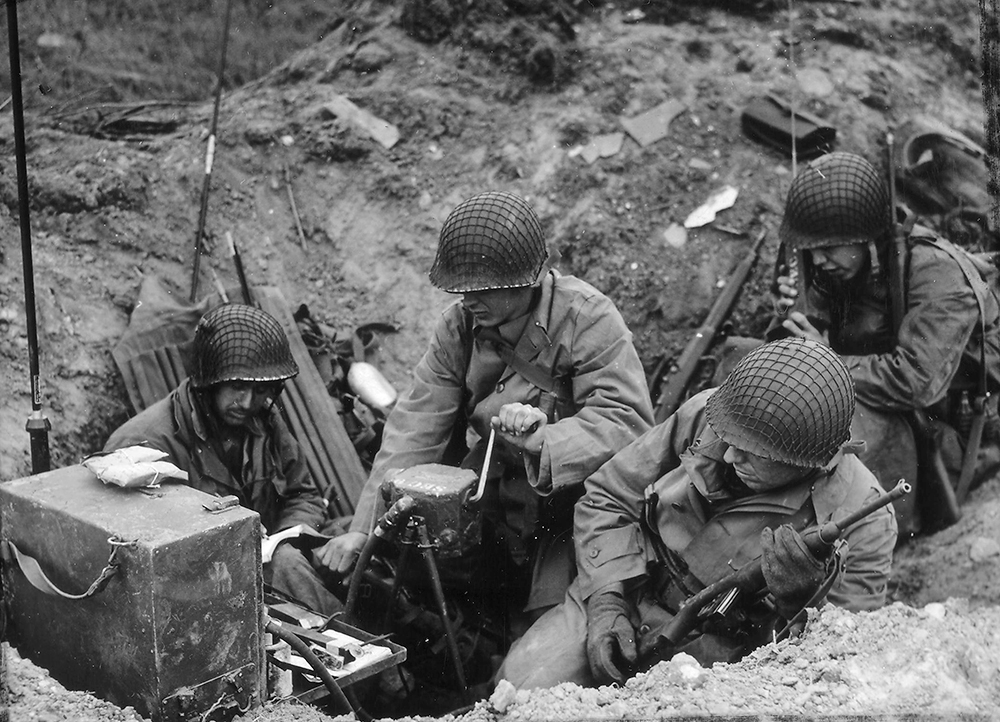
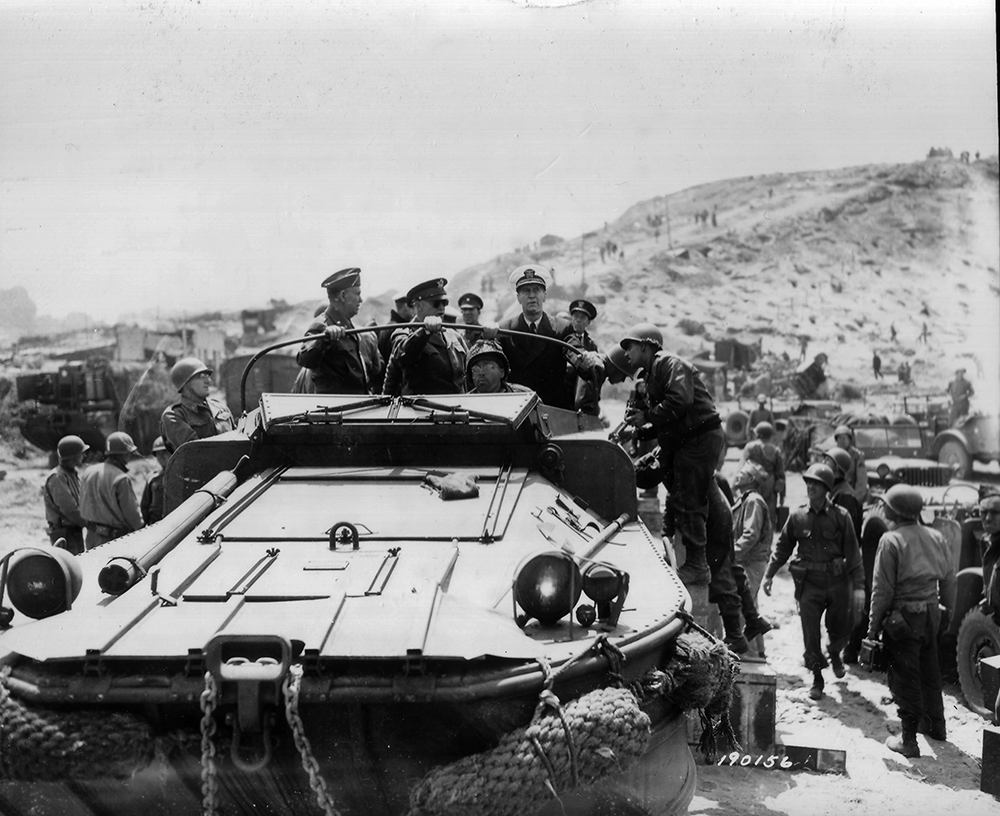
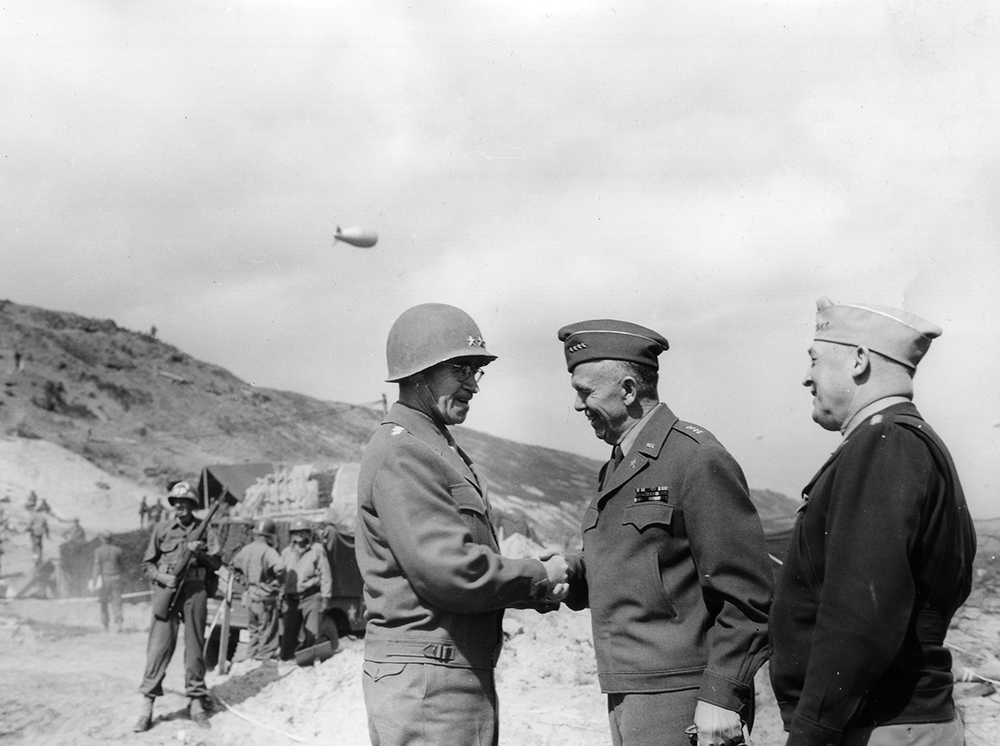
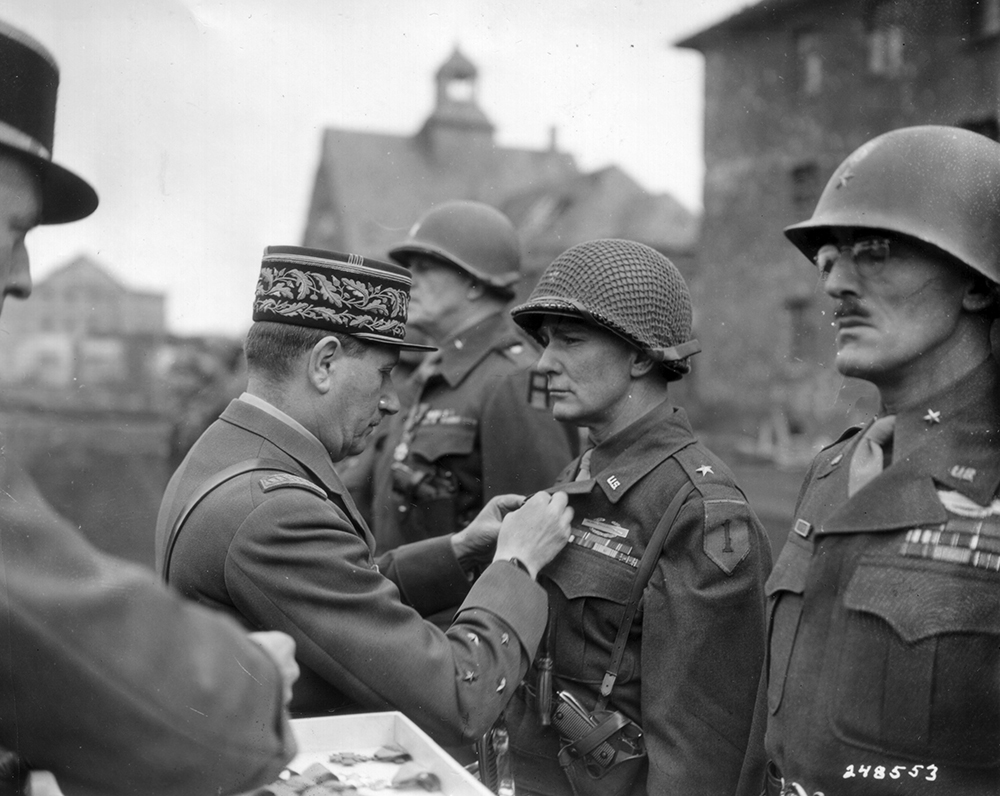
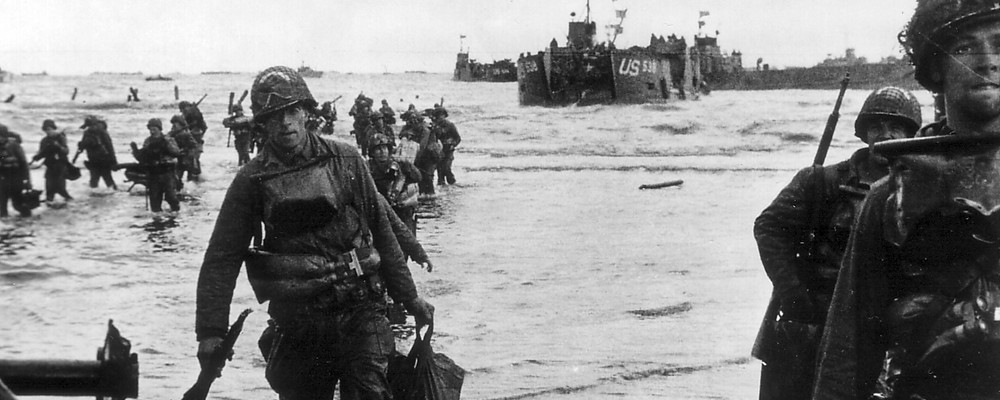

Whether they produced battlefield images of the dead or daguerreotype portraits of common soldiers, […]

In 1964 an Ohio woman took up the challenge that had led to Amelia Earhart’s disappearance.

If you needed some motivation during the war years, there was probably a poster for that.

When covert operatives went into Italy to retrieve prisoners of war, little went according to plan.